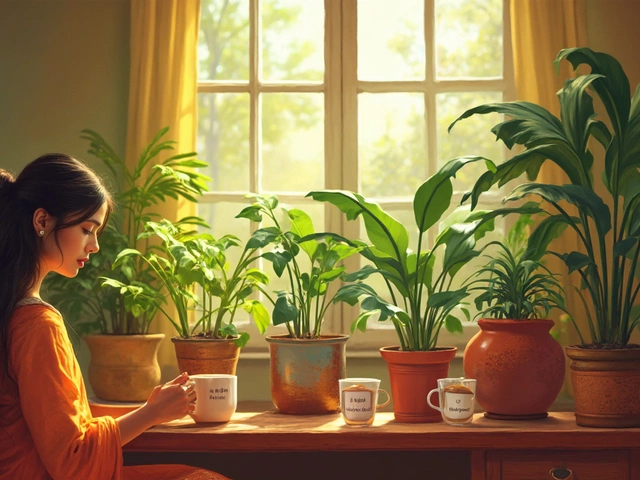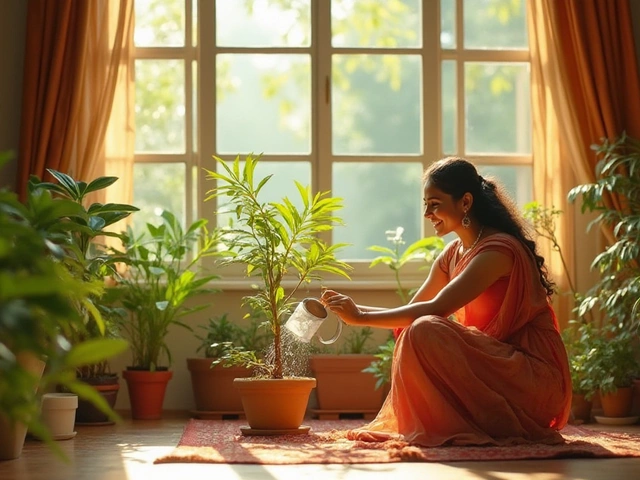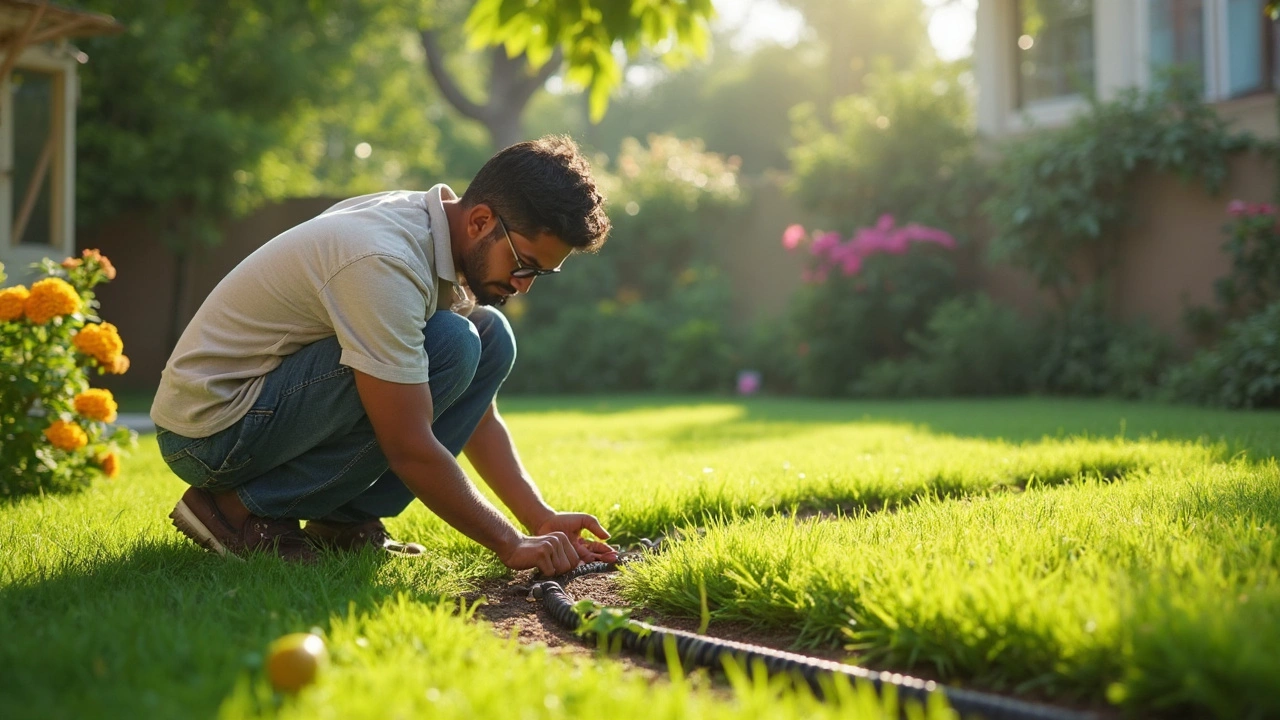Landscaping Made Easy: Practical Tips for Indian Gardens
Got a yard, balcony, or even a tiny terrace? You don’t need a big budget or fancy tools to make it look alive. In the next few minutes you’ll learn how to plan, plant, and water smartly, so your outdoor space feels fresh all year.
Plan Your Space Like a Pro
Start by sketching a rough layout on paper or your phone. Mark where the sun hits strongest, where shade stays cool, and where you’ll walk. Creating zones – a lounging corner, a veggie patch, a decorative flower bed – keeps everything organized. Even a narrow balcony can host a vertical garden, a few pots, and a slim storage bench without feeling cramped.
Use low‑maintenance groundcovers or mulch to cut down on weeds. A neat pathway made from local stones or reclaimed bricks directs foot traffic and adds visual interest. When you keep pathways small and straight, you save space and make the garden feel larger.
Save Water and Boost Soil Health
Water is the biggest cost for any garden in India, so drip irrigation is a game‑changer. Bury drip lines about 2‑3 inches deep – deep enough to keep them safe from the sun, shallow enough for easy repair. This depth delivers water right to the root zone, cutting evaporation by half.
If you can’t install a full drip system, start with a simple drip tape for flower beds or a few drip emitters for vegetable rows. Pair it with a timer; most Indian households can set a 15‑minute cycle in the early morning or late evening, when evaporation is low.
Heavy soil can choke roots, but a quick fix is to mix in coarse sand, compost, or shredded leaves. One part sand to three parts soil loosens it up without draining nutrients. Adding a thin layer of compost each season improves structure and feeds microbes that keep plants healthy.
Don’t forget to capture rainwater. A small barrel placed under a roof or balcony can give you a free water source for the dry months. Even a 100‑liter barrel can water a modest garden for a week.
Choose plants that love your local climate. In most Indian zones, natives like bougainvillea, lantana, and cassia thrive with minimal care. For a splash of colour, plant marigolds or hibiscus – they bloom heavily and attract pollinators.
When you’re short on space, think vertical. A trellis with beans, peas, or cucumbers uses the sky, leaves the ground free for herbs, and creates a lush backdrop. Hanging pots or pocket planters also work great on balcony railings.
Finally, keep an eye on pests but avoid chemicals. Simple solutions like neem oil sprays, garlic neem mix, or companion planting – pairing basil with tomatoes – naturally deter bugs. This keeps your garden safe for kids and pets.
With these steps – a clear layout, smart watering, soil tweaks, and the right plants – you can turn any outdoor area into a welcoming, low‑maintenance landscape. Start small, watch what works, and let your garden grow at its own pace.
Can You Mow Over Drip Irrigation? What You Need to Know
Wondering if it's safe to mow over drip irrigation pipes? This article clears up the risks and gives simple tips to protect your watering system while keeping your lawn in top shape. Learn how to spot trouble, prevent expensive repair jobs, and find the best way to set up your drip lines for mowing season. Get real solutions so you can stop stressing every time the grass gets tall.
About
Drip Irrigation
Latest Posts


How Deep to Plant Rice: Best Depths, Mistakes, and Expert Tips
By Alden Thorne Jul 11, 2025

Which Vegetable Farming is Profitable in India? Your Practical Guide
By Alden Thorne Apr 25, 2025

Best Liquid to Water Plants: What Actually Works?
By Alden Thorne May 9, 2025

